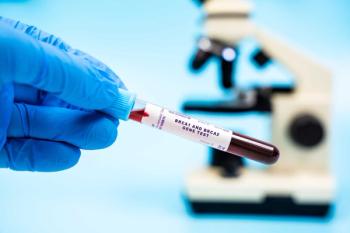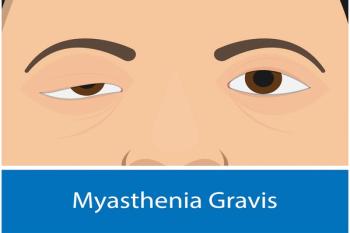
Mitochondrial DNA-CN Is Independently Associated With CVD
Mitochondrial DNA-CN was inversely associated with both prevalent and incident cardiovascular disease (CVD) events and showed potential of being a useful predictor of CVD by improving risk prediction and reclassification for primary hard ASCVD prevention.
Mitochondrial DNA copy number (mtDNA-CN) is independently associated with incident cardiovascular disease (CVD) and may have clinical advatage in improving (CVD) risk classification, based on results of a new study.
The
While mtDNA-CN is not a direct measure of mtDNA damage, it is linked with both mitochondrial enzyme activity and adenosine triphosphate production and therefore can be used as a biomarker of mitochondrial function.
“Mitochondrial dysfunction is a core component of the aging process and may play a key role in atherosclerotic cardiovascular disease,” wrote the authors. “Mitochondrial DNA copy number, which represents the number of mitochondria per cell and number of mitochondrial genomes per mitochondrion, is an indirect biomarker of mitochondrial function.”
The 21,870 individuals that participated in this study came from 3 different cohort studies: Cardiovascular Health Study (CHS), Atherosclerosis Risk in Communities Study (ARIC), and the Multiethnic Study of Atherosclerosis (MESA).
The study included 11,153 participants form ARIC, 4830 from CHS, and 5887 from MESA. All participants had DNA for mtDNA-CN analysis collected, which served as the base visit. The authors also measured traditional CVD factors such as race/ethnicity, smoking status, and blood pressure.
Ten-year CVD risk was calculated using the Pooled Cohort Equation (PCE) from the 2013 American College of Cardiology/American Heart Association (ACC/AHA) Guideline on Assessment of Cardiovascular Risk.
The primary analysis used mtDNA-CN as a continuous variable and evaluated the chance in risk of study outcomes with a 1-SD decrease in mtDNA-CN. The secondary analysis categorized mtDNA-CN into quantiles based upon the distribution within each cohort. The authors then compared the risk of study outcomes in quintiles 1 through 4 with quintile 5.
Results showed that when comparing age- and sex-adjusted quintiles of mtDNA-CN, individuals in the highest quintile of mtDNA had a much higher rate of CVD risk factors, with the exception of total cholesterol levels.
Mitochondrial DNA-CN was inversely associated with both prevalent and incident CVD events, and it also showed potential of being a useful predictor of CVD by improving risk prediction and reclassification for primary hard ASCVD prevention.
The association of mtDNA-CN with incident coronary heart disease (CHD) was stronger than with incident stroke. An explanation of this could be that mtDNA-CN is linked to the atherosclerotic processes that trigger CHD.
“A key question remains as to whether mtDNA-CN has a causal effect, which would suggest new avenues for prevention intervention, or is a biomarker for another CVD risk factor,” concluded the authors.
Newsletter
Stay ahead of policy, cost, and value—subscribe to AJMC for expert insights at the intersection of clinical care and health economics.













































